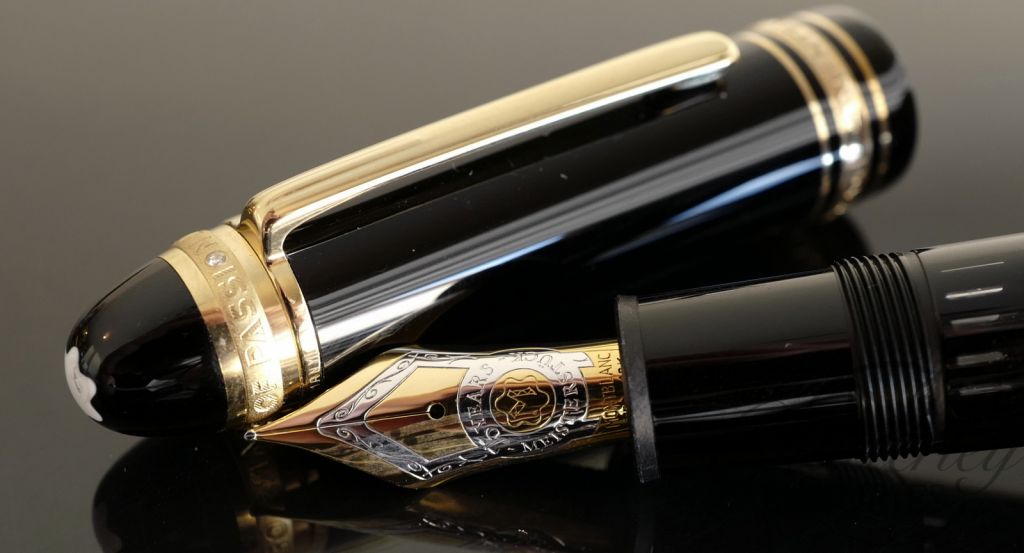

Clearly, for those who kept their jobs and businesses last year, bank accounts are flush from a lack of spending on restaurants and travel. The company noted that sales were particularly strong in its stores, while its wholesale business remained weak - which it attributed to the continued dearth in travel.Ĭonsumers appear to have discovered a new appreciation of craftsmanship after a year of baking bread and knitting.
.jpg)
In Asia, excluding Japan but including China and Korea, Hermès reported a 94 per cent revenue increase. This suggests considerable pent-up demand. For the first quarter of 2021, LVMH reported a 30 per cent jump in sales Kering reported a 26 per cent increase. Upon reading Hermès’s recent first-quarter earnings release, though, one imagines the company’s executives setting off confetti canons on the Rue du Faubourg Saint-Honoré: the Paris luxury purveyor reported a 44 per cent increase in sales, exceeding even its same-quarter 2019 revenue growth. (Richemont does not break out figures for Montblanc.) That decline is in line with those experienced by LVMH, which reported a 17 per cent fall in 2020 revenues to €44.7 billion, and Kering, which saw 2020 revenues drop 17 per cent to €13.1 billion. Richemont, whose fiscal year ended March 31 and hasn’t yet reported its full-year results, reported a 16 per cent decline in sales in the first three quarters of 2020, and a 33 per cent decline in the “other” category in which it reports Montblanc’s results. Baretzki appears buoyant - a mood at odds with the dire year that has just passed, when millions of people fell ill or died of Covid-19, and personal luxury goods sales contracted for the first time since 2009, falling 23 per cent, according to Bain & Co.


 0 kommentar(er)
0 kommentar(er)
